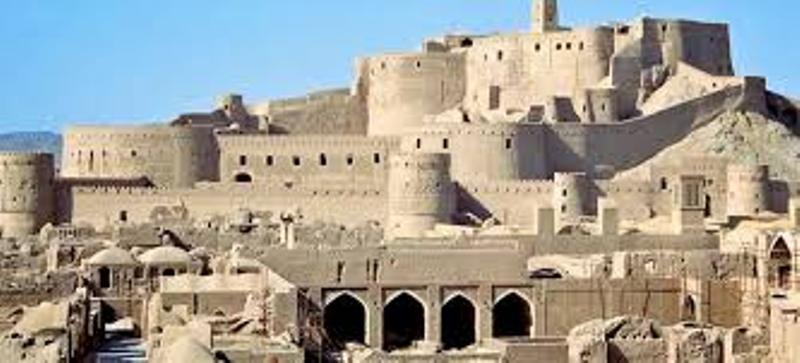
Speaking at the scientific meeting of the anthropological studies of cultural heritage, Houshang Abbasi said: “A collection of material, intellectual, tangible and intangible heritage constitutes part of our identity, preservation and restoration of this heritage helps us better understand ourselves and their protection requires national determination,” the Public Relations Office of the Research Institute of Cultural Heritage and Tourism (RICHT) reported.
He continued by referring to a report on Gilan Province and the settlement of more than 20 ethnic groups there, and said the groups had peaceful coexistence with each other all through history.
He further remarked that the river Sepid Rud divides Gilan into the eastern and the western sides, noting that around Tarem and Zanjan there had been a great civilization of which there is no trace today.
The research also pointed to the existence of four ancient civilizations after Manjil and said two of the civilizations were related to the east and the other two to the west of Gilan.
He regretted that today, due to the developments in technology and the lifestyle and the relations of people many of cultural issues have undergone oblivion, destruction and change.
Abbasi said unfortunately many of the intellectual heritages, ranging from indigenous music, tales, legends, allegories, lullabies, etc. are threatened by destruction while no measure is being taken to register and record them.
According to him, although the heavy burden of such an effort is on the shoulders of the Cultural Heritage Organization, however all the cultural institutions, including the universities, the Ministry of Culture and Islamic Guidance, the IRIB, etc. should cooperate in this regard.
Another speaker of the session, Behrouz Vojdani, said that cultural identity in all international documents has been referred to the cultural heritage.
Elsewhere in his remarks he referred to the universal registration of the Iranian gardens, and said garden in Iran is a reminder of water and the correct way of its usage.
Stressing that the problem of water is not a new one, he said increase in population and disregard of all for environmental protection has caused water crisis which has not only affected agriculture and industry, but political and security issues as well.
However, he added, cultural heritage in the absence of anthropology and identity would have no meaning.
Meanwhile, head of the Anthropology Research Center Alireza Hassanzadeh, said that cultural heritage and the environment are the two major pillars of the sustainable development and considered the heritage economy as the prelude to the tourism economy.
Also addressing the meeting, Seyed Ahmad Tabatabaei, the adviser to the head of the Research Institute of Cultural Heritage and Tourism, considered the anthropology section as one of the main areas of cultural heritage and cultural identity of each country.
He added: “Anthropology is a general subject that forms our national and cultural identity”, noting that anthropology with all its dimensions is present in different areas of archeology, dialects, architecture, etc.
Mohammad Makari, the next speaker, dedicated his speech to the aqueduct and said in the city of Gonabad, there are the largest Iranian and even the world aqueducts in terms of depth and water supply and Qasabeh Aqueduct has been registered globally.
The last speaker of the session was Jila Moshiri, an expert of the Anthropology Research Center, who referred to the water scarcity in the world and said increase in population as well as development of agricultural and industrial activities, has caused the sharp decline in water resources in the country.
Stressing that many parts of the world, including Iran, will lose about 80% of their water resources by 2040, he said reform of the consumption pattern is the only solution to put behind the water scarcity crisis.
9376**2050
Follow us on Twitter @IrnaEnglish
 solhkhabar | Peace International News Agency Peace International News Agency , Peace News , International Agency News of Peace
solhkhabar | Peace International News Agency Peace International News Agency , Peace News , International Agency News of Peace